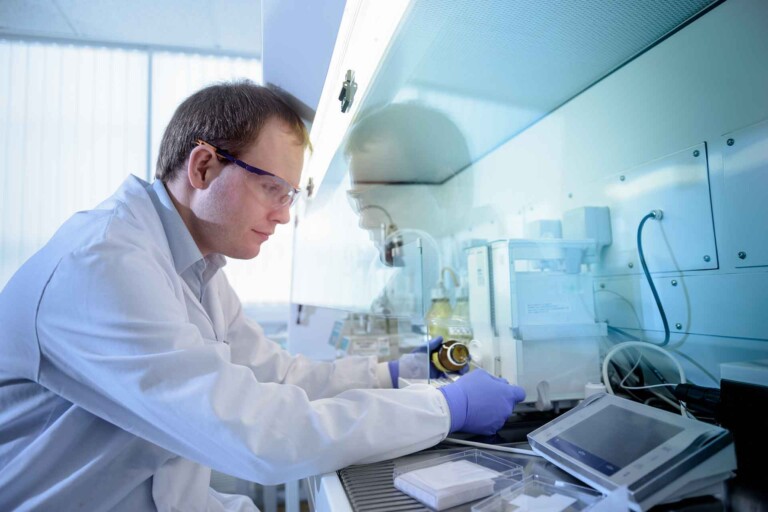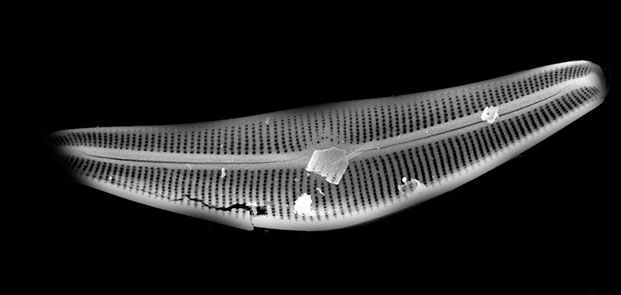Each deposit of diatomaceous earth is different. They possess varying blends of pure diatomaceous earth combined with other natural clays. The diatoms in each deposit contain different amounts of silica, depending on the age of the deposit, and different deposits may even contain a different species of diatom all together.
The species of diatom found in a deposit is dependant upon the age and paleo-environment of the deposit. In turn, the shape of a diatom is determined by its species.
The shape of the diatoms contained in a deposit has not been proven to affect their functionality when it comes to the absorption of liquids, however certain applications, such as that for slugs and snails, do work best when a particular shaped diatom is used. For example, in the case of slugs and snails large, spiny diatoms work best to lacerate the outer shell of the insect.
The deposit used for Red Lake Diatomaceous Earth is from the Miocene age and, like many other deposits throughout British Columbia from this same time period, Red Lake Diatomaceous Earth contains a species of diatom known as Melosira granulata. These diatoms are approximately 12 to 13 million years old and are a small globular shape.
A deposit containing diatoms from this age can provide many more benefits than an older deposit, for example Eocene age diatoms (that are approximately 40 to 50 millions year old) due to the fact that older diatoms recrystallize and their small pores become filled with silica, reducing their ability to absorb fluids.
Image by jpdodd



